Argumentative writing can also become boring fast.
I want to help you save planning time and boost engagement through the lesson plans I create. I believe argumentative essay writing can be motivating for young writers and simple to plan for teachers. I’ve put together a day by day plan that I believe is the absolute best way to start any argumentative writing unit. Check it out…
Announcing the Unit
When you announce any unit it’s important to explain the purpose for the unit and avoid the words essay, paper, or assignment. You want students to understand that their voice matters and that the community needs to hear it. Provide students with opportunities to publish their work online by entering a contest or sending their writing into the local newspaper as an op-ed, or even sending their writing/opinions to the principal, school board, or superintendent. This should all be voluntary of course, forcing students to publish their writing is challenging and many students won’t have the passion to meet that challenge, but some will. It’s our jobs as educators to helps students understand how what we are doing in the classroom applies to the world outside of our classrooms. You might also be interested in this related blog post: 10 Ways to Publish Student Writing: A Step-by-Step Guide.
Day 0: Pre-Assess
Before any unit conduct an on demand assessment. This involves having students go through the writing process in one sitting over the course of about an hour. Have students read an article on a controversial issue relevant to students’ lives (such as cell phones in schools), take a stand, and write an argumentative essay about the issue, in one sitting. Here are some directions you might give students for this on demand pre-assessment:
1. Read the article carefully, thinking about where you stand on the issue of cell phones in schools.
2. Plan your argument by writing a claim statement and providing three reasons to support your statement.
3. Search for the best quotes to support your claim from the article.
4. Don’t forget to wrap up your argumentative paper with a conclusion that restates your claim and includes a call to action for your readers.
After administering the pre-assessment it’s important to read over your students’ writing carefully, but don’t grade it! The purpose is to find out what lessons students need most.
The Google Drive Assessment Toolkit above includes 8 editable pre-assessments, 10 rubrics for every writing and reading unit you teach, and guidance on how to be efficient and equitable with your assessment procedures.
Day 1: Discuss Controversial Issues
Most students love sharing their opinions, but only under certain conditions: students need to care about the topic and have enough background knowledge to feel confident speaking in front of their peers about it. This is why I wouldn’t require students participate in discussions about controversial issues, it should be voluntary.
So, how might you go about starting your argument essay unit with discussions about controversial issues?
In the first mini lesson of the editable unit to the right, students write their opinions about a number of relevant, real world issues students are facing today. These topics are categorized into technology, relationships, grades/homework, money, gender, and health.
Of course there are many other issues students care about but to keep things simple there is a limit to what students discuss. In the mini lesson student volunteers participate in a “Philosophical Chairs” discussion. This type of discussion involves students sitting in two rows facing each other, on opposing sides of an issue. Before the discussion students write about one topic/issue, and then volunteer to sit in the chairs and participate in the discussion, taking turns sharing view points, going back and forth until everyone has gotten a chance to share a new point. There are variations to this type of discussion too.
Another option could be to divide students into small groups and allow students to have organic conversations about whatever topic most interests the group.

Day 2: Make Rhetoric Fun
Students need to learn that argumentative writing is everywhere we look! It’s on TV, on social media, in movie previews in newspapers and of course, in schools. Students also need to learn the three ancient argumentation techniques that you can identify in almost every argument: ethos, logos and pathos. Show students videos from this resource, 20 best commercial ads of all time. Then, introduce students to the three types of persuasion using the poster below. After that have students discuss which types of argumentation are being used in the commercials or on these billboards. When students learn that there are reliable techniques they can use to develop their persuasive argument they often become quite engaged with what you are teaching! Be sure to emphasize these techniques can be used outside of class too. Students love learning they can become better at convincing their parents of things with a little practice and some new strategies they learned in English class:)
Day 3: Curate Research
On day three of your unit, have students read/skim multiple articles pertaining to 4-6 high interest topics such as cell phones use in school, social media’s impact on children, homework, grades, or stress. You might also consider providing students with videos that accompany the topics too. The argumentative writing unit below provides articles, videos, and guiding questions on six high interest topics. I’ve done all the hard work for you curating these resources for each topic.
After students have read/skimmed the articles and videos about the six topics, then they are ready to choose one topic they are eager to write about. If some students aren’t eager about any of the topics, allow students to pitch the topic they do want to write about to you for approval. You will also have to have students find their own reliable grade level appropriate articles. I’d recommend having students submit these for approval as well. Students who want to choose a topic not on the list of six topics you chose, will have to convince you why the articles are relevant for their research.
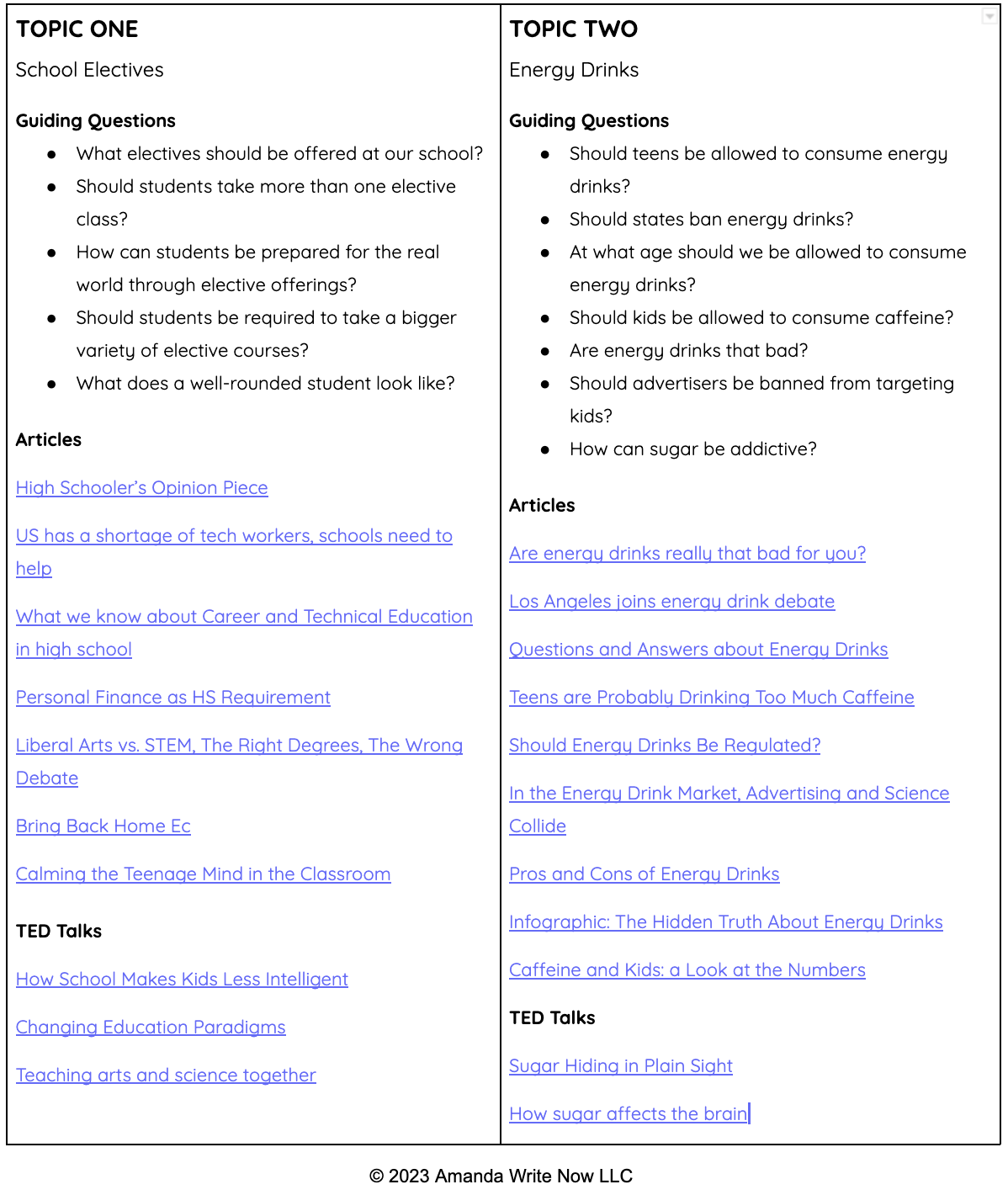
If you choose to do this on your own rather than purchasing my done for you unit then there are a few things to keep in mind. Each topic on your list needs to include interesting, grade level appropriate persuasive texts and videos. These articles and videos can double as resources for research and mentor texts too. It’s also a great ideas to provide guiding questions for each topic as well. Here are some guiding questions for the topic of video games:
- Do video games make kids more aggressive?
- Are video games really that bad for you?
- In what ways do video games help people?
- Can video games be healthy?
- What effect does playing video games for long periods of time have on a person?
- Are video games addictive?
These guiding questions for each topic will really help students on day four.
Day 4: Show Strong and Weak Examples of Claim Statements
For your first lesson on claims (you will probably spend multiple days on this skill), students need examples of weak and strong claims. The argumentative writing unit below has examples of both as well as editable tools students can utilize to write their claims and revise them too. After being exposed to weak and strong claims, the guiding questions for each topic can be a great jumping off point for students when developing their own claims. All students have to do to write their first draft of a claim is answer one of the guiding questions for their topic by giving their answer to the question in a succinct sentence.
For example a strong claim for the first guiding question above might be: video games do not make kids aggressive because there’s research that shows video games actually reduce stress, can be a social outlet for kids who struggle with socializing at school, and can build relationships among families. The three reasons to support the claim can become topic sentences for each body paragraph. Explicitly showing students how simple it can be to organize an article through one powerful claim statement can impact student writing in a big way. Students often struggle with argumentative writing because they don’t understand the structure. Giving students explicit guidance about how to structure an effective argument is key to helping them succeed with this type of writing.
Day 5: Provide Organization Tools
Some students can write their own essays without an outline or planning. Most students struggle to pull this off though. The on demand assessment results can inform you about which students may need sentence stems, outlines, graphic organizers, and possibly a fill in the blank essay template like the one shown below. Provide these tools on an as needed basis, unless the majority of your students need the tool, then model using the tool for all your students. It really depends on your class and your on demand assessment results. Student essays become much more structured when students use helpful tools but they also can become repetitive and lacking voice or personality.
This is why it’s important to provide students with a sample essay that demonstrates hard to grasp concepts such as using relevant evidence, clear reasons, precise language, and narrative writing to make the writing more interesting for readers. Good arguments include anecdotes, narrative, and informational text too. In their lessons, teachers need to point out these elements within mentor texts and model using helpful tools such as outlines, templates, or graphic organizers to structure the essay.
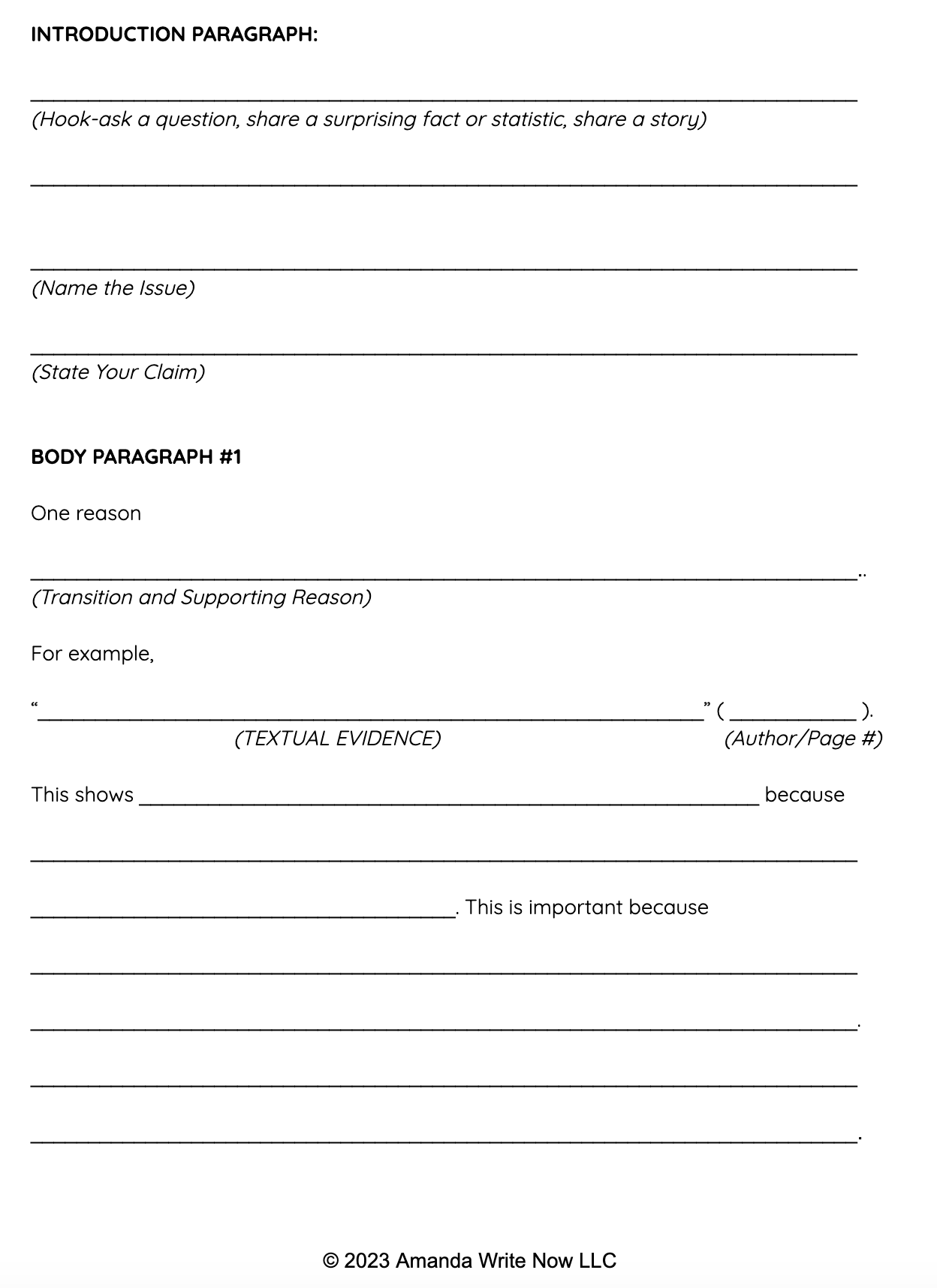
Wrap Up
The absolute best way to start any argumentative writing unit is first by assessing students’ skills with an on demand pre-assessment. Once you have a clear understanding of what students are capable when it comes to persuasion, generate excitement by having students discuss controversial issues students care about and impact their lives. These topics might include video games, mental health, social media, tech, trends, or animals. You might even poll students about the controversial issues they care about, then allow small groups to have organic conversations urging them to share personal experiences if they feel comfortable. Next, have students read about and study six controversial issues and choose one they want to write about. It’s also important to provide students with the rubric on day one or two of the unit so expectations are transparent. The next lessons need to focus on writing claims using weak and strong examples and structuring the essay with tools such as an outline or fill in the blank template. If students use these tools they will also need lessons on raising the quality of the formulaic writing with anecdotes, narrative writing, and interesting information too.
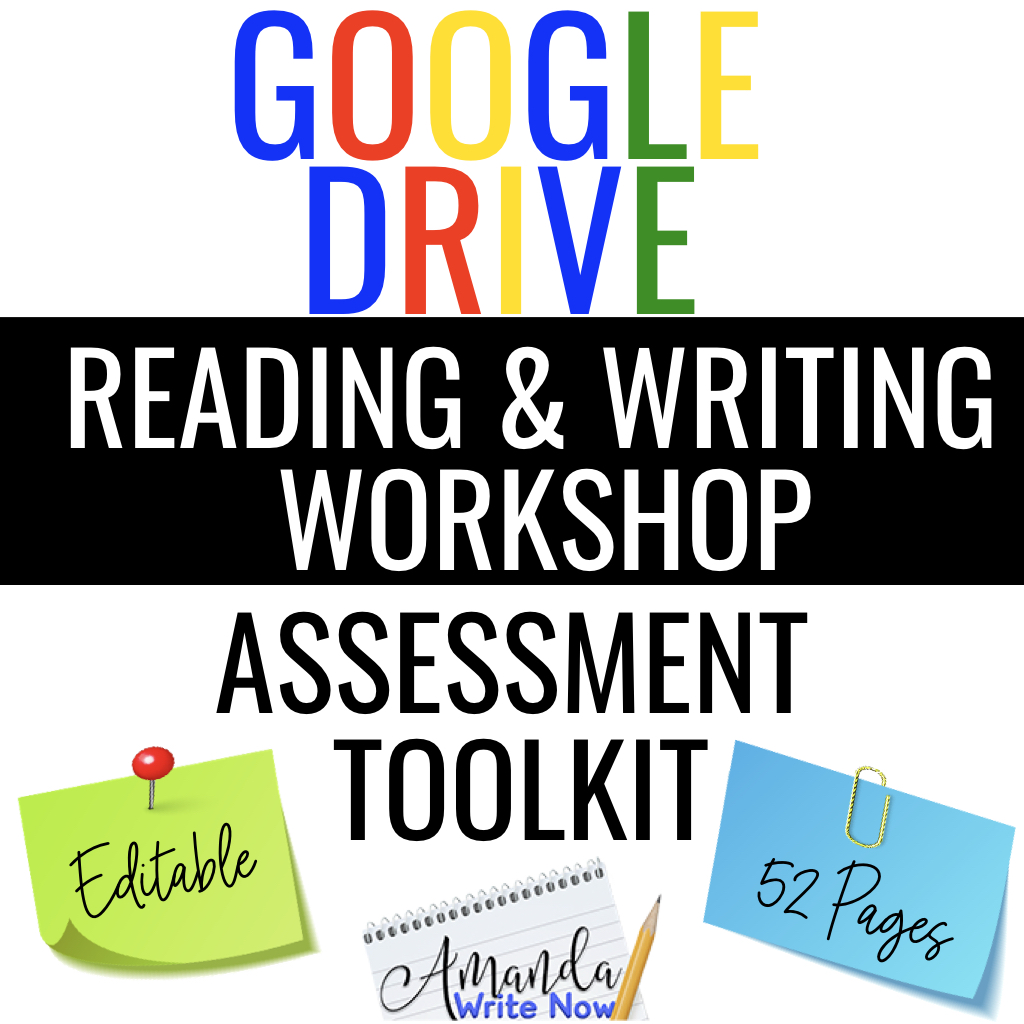
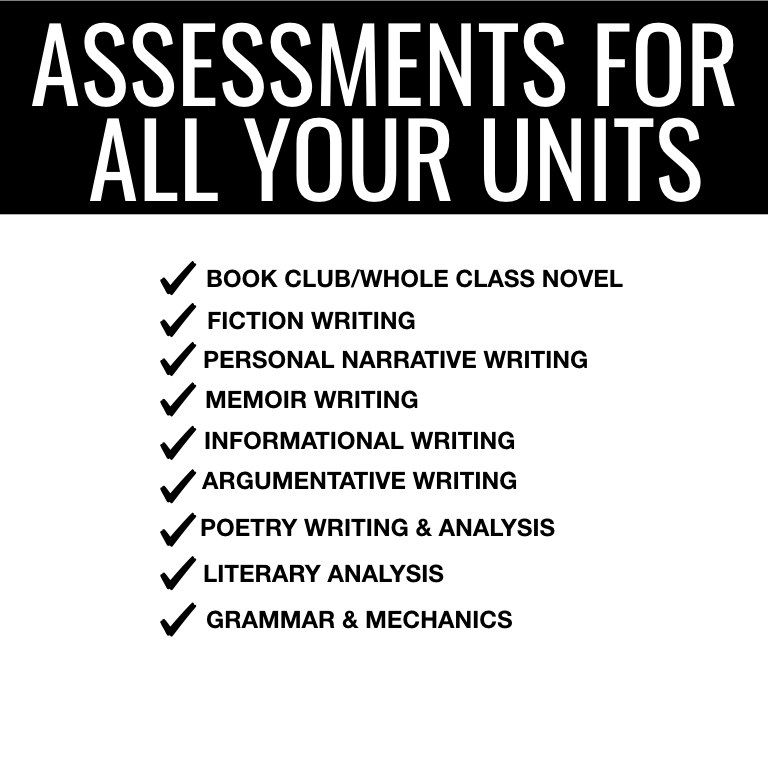


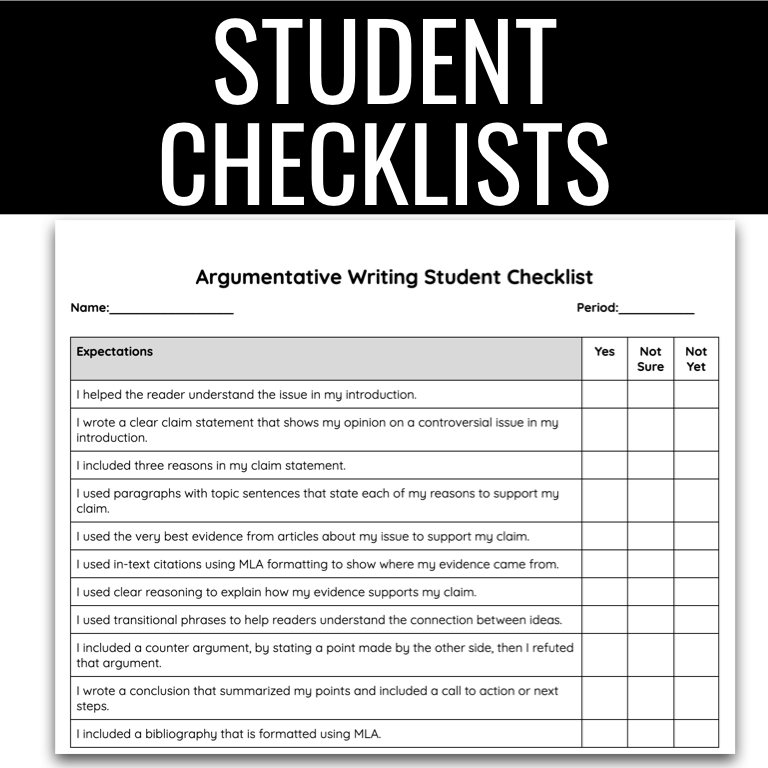
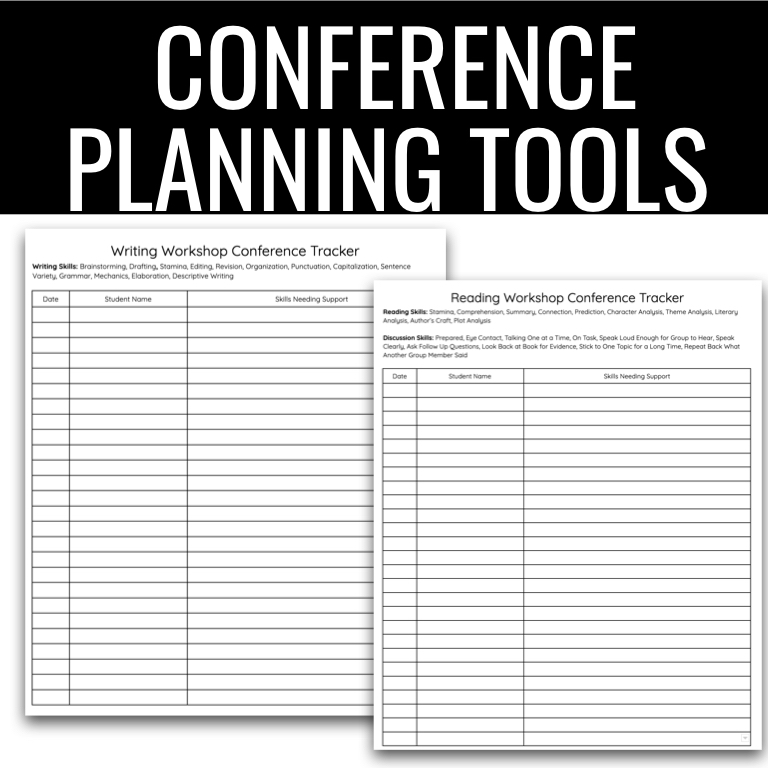
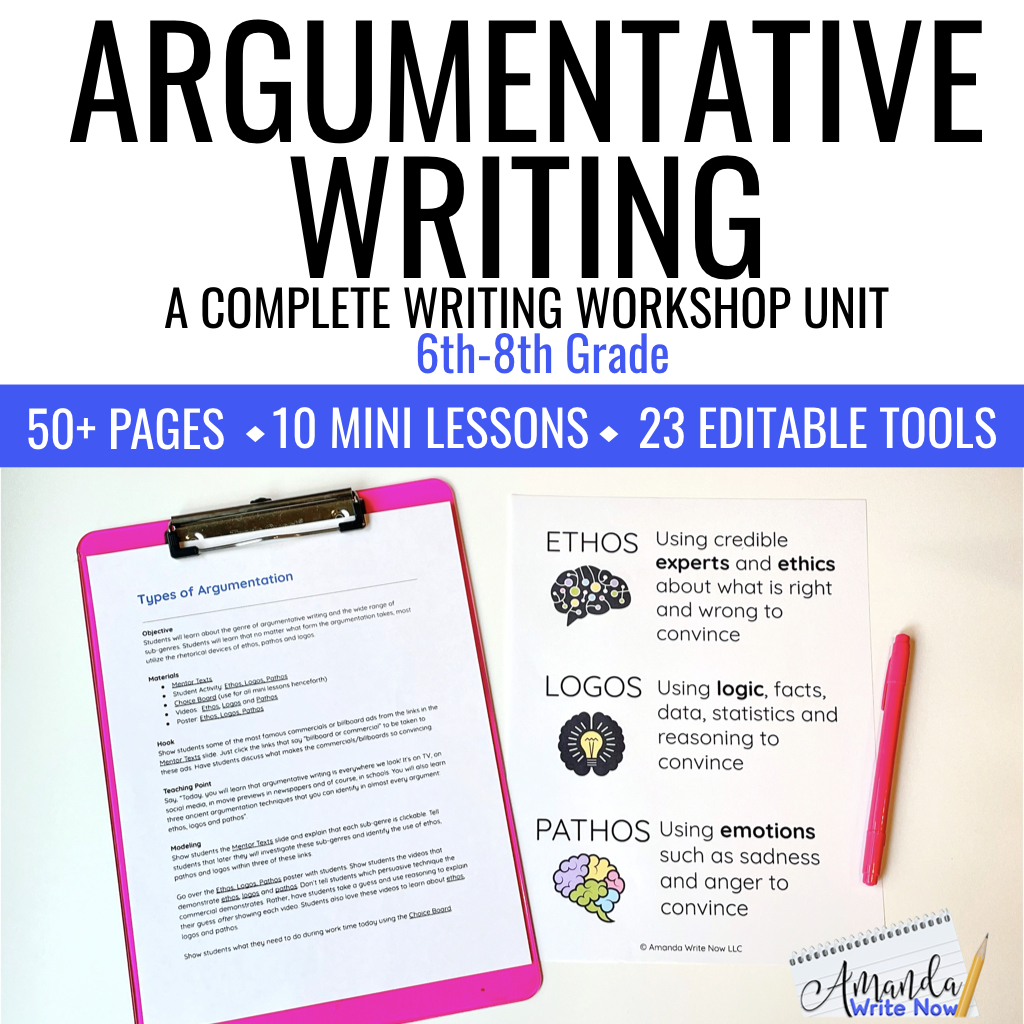
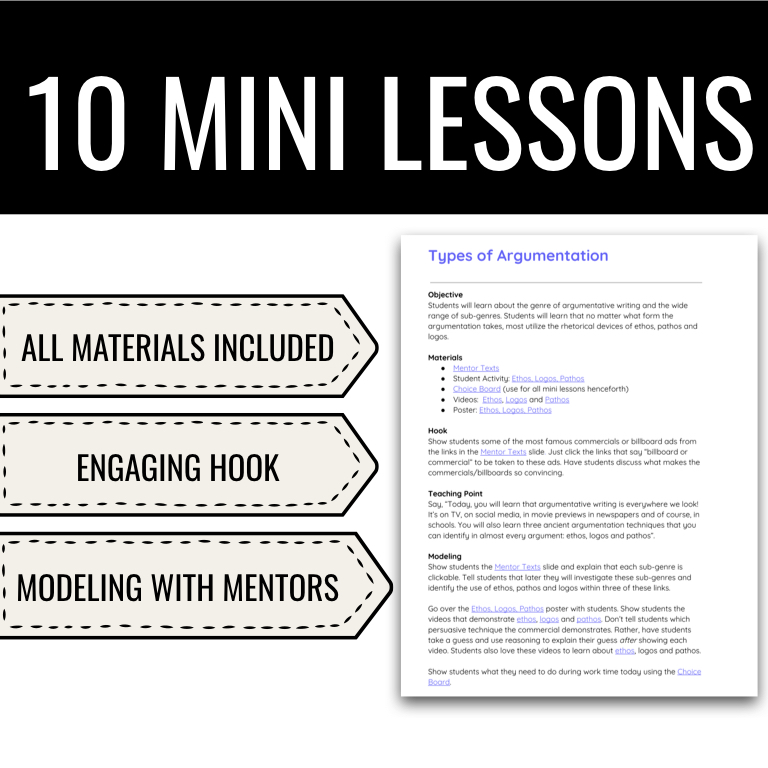
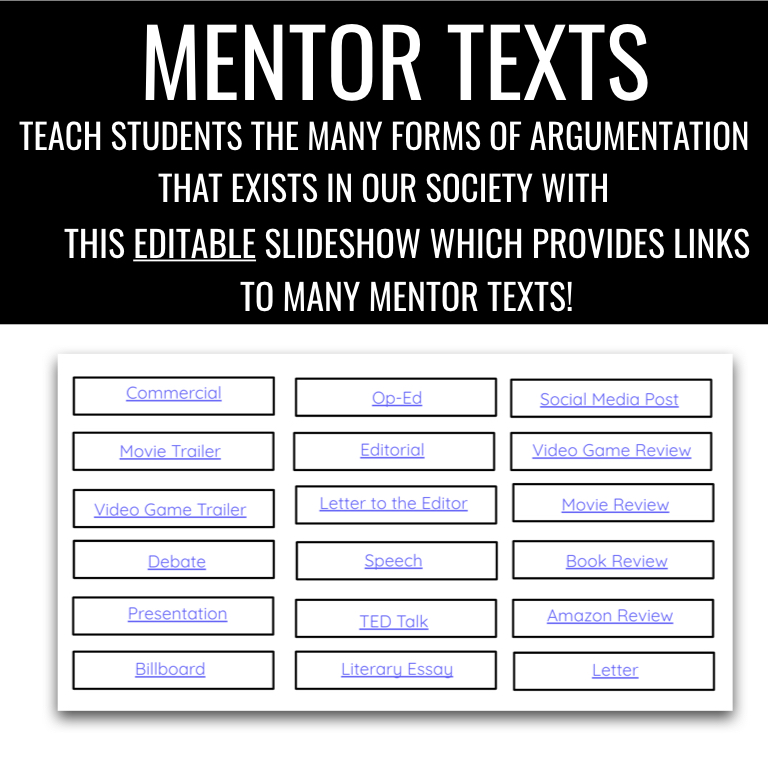

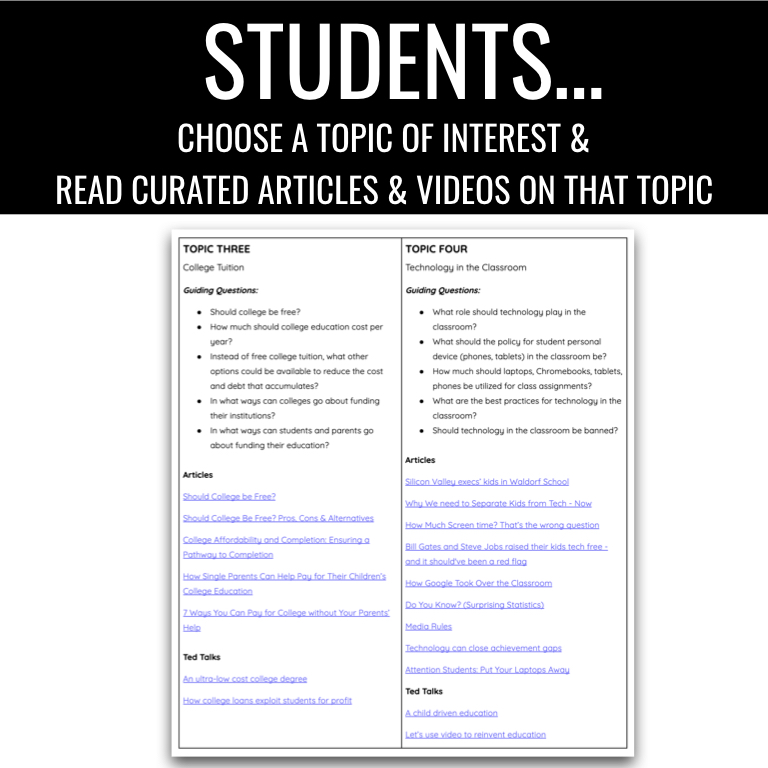

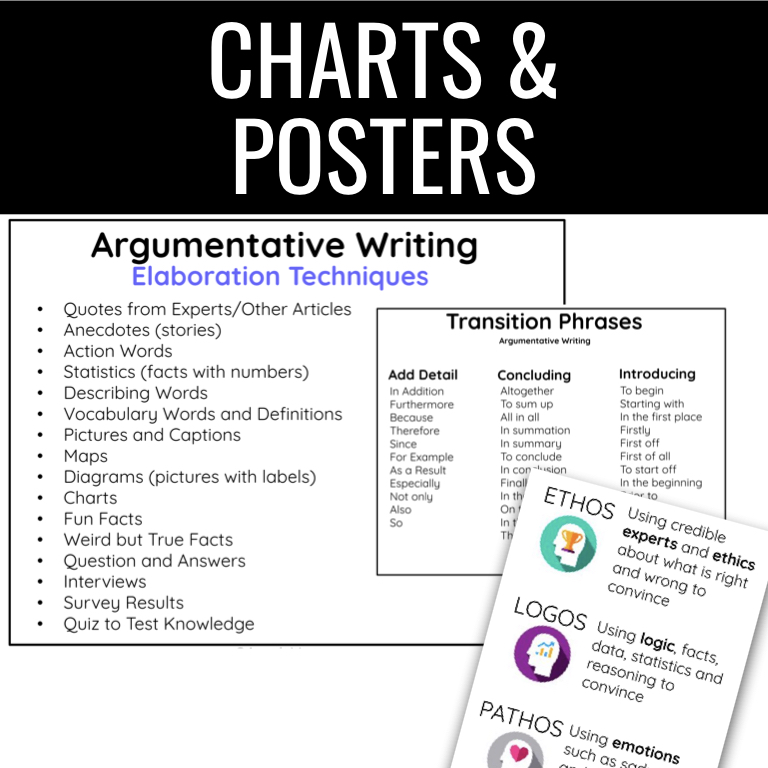

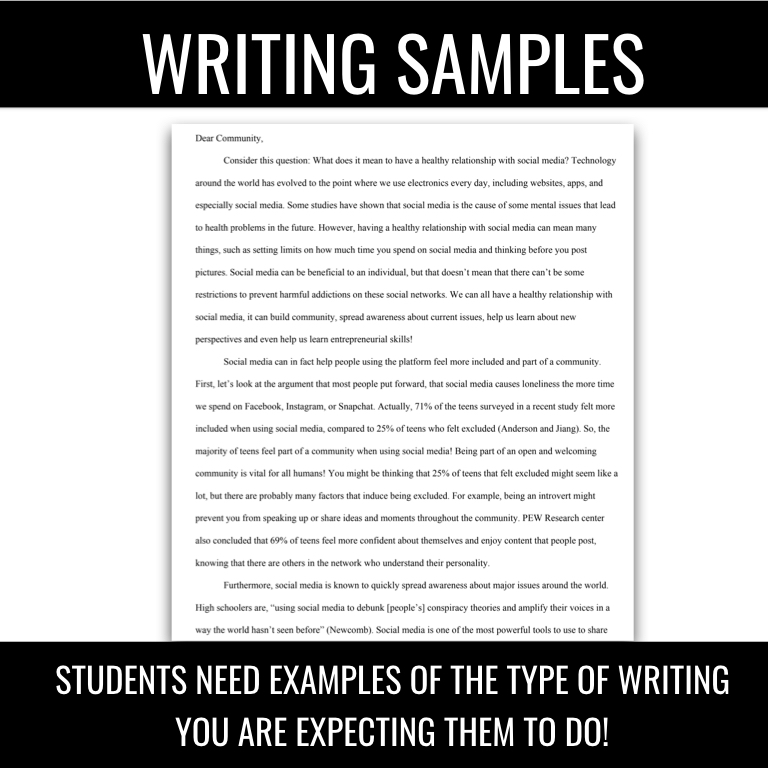
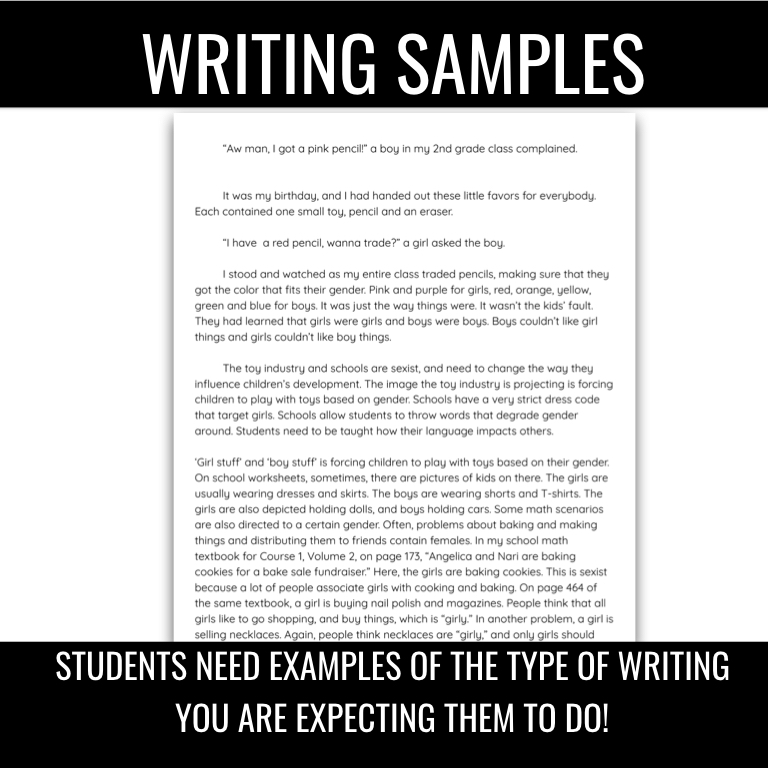


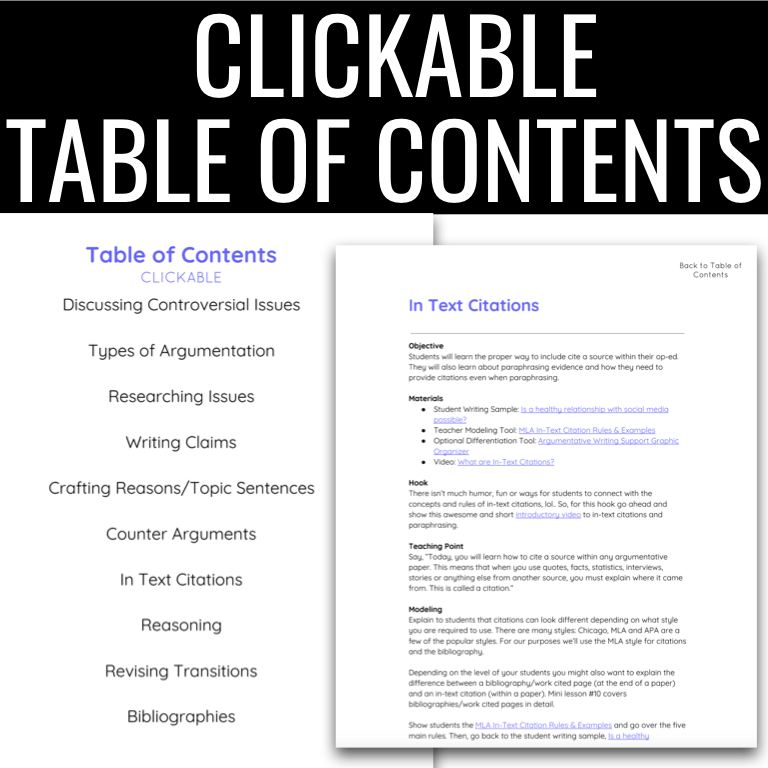


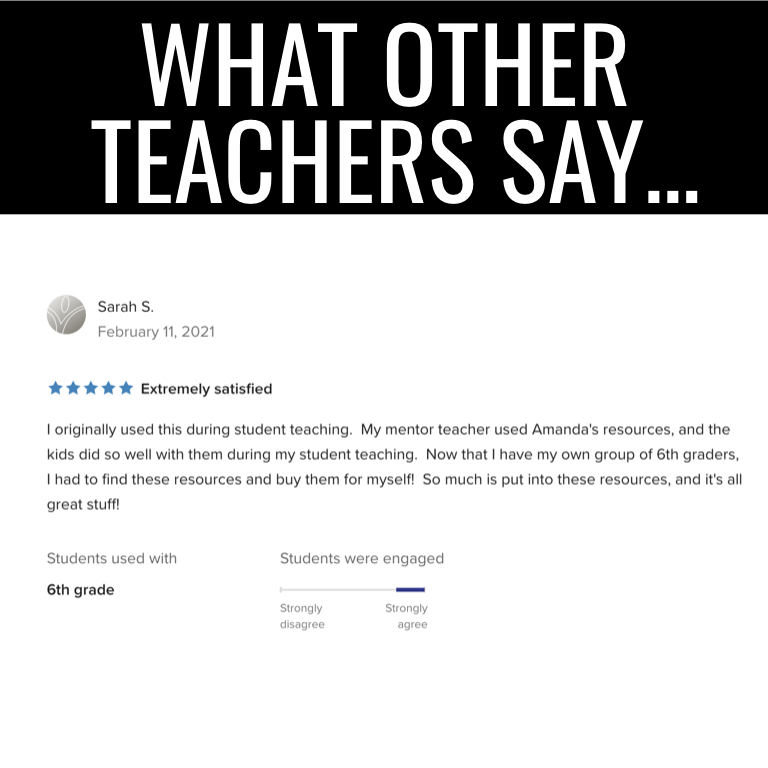
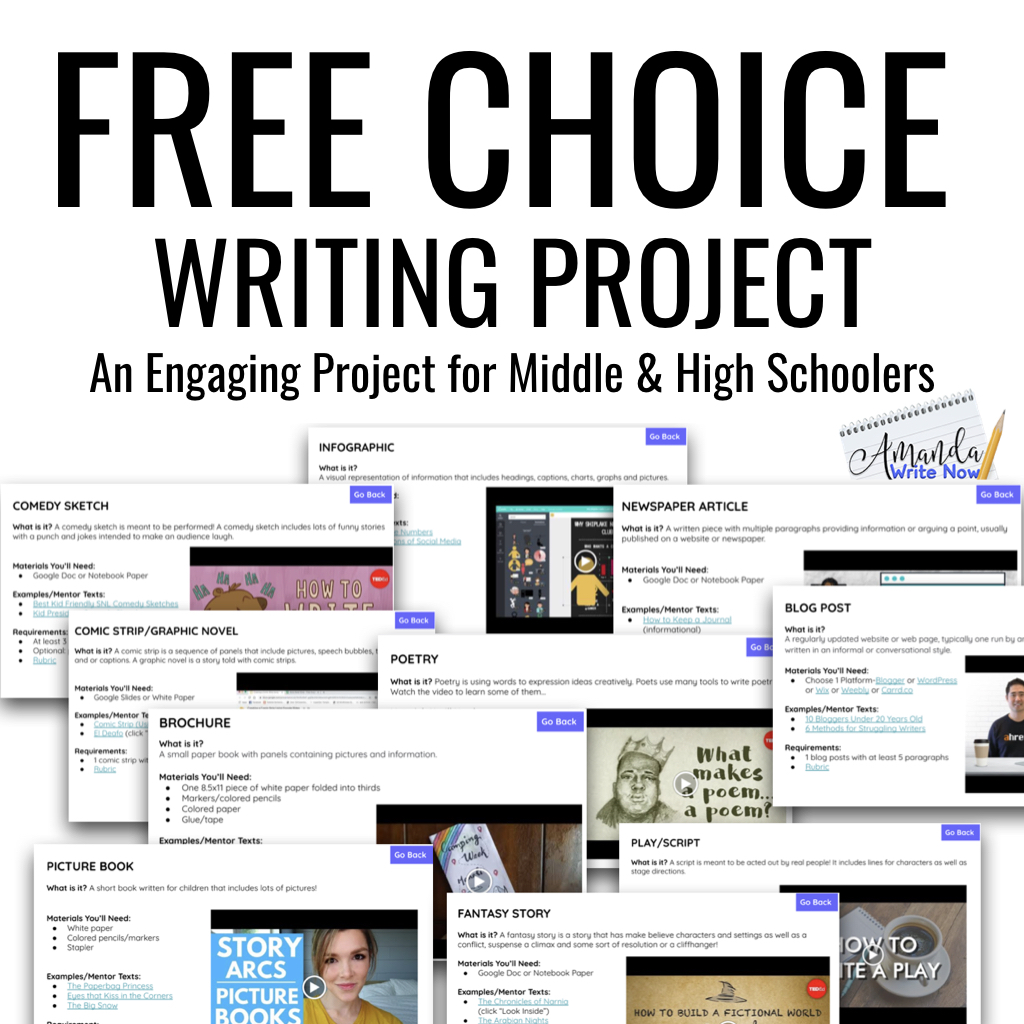
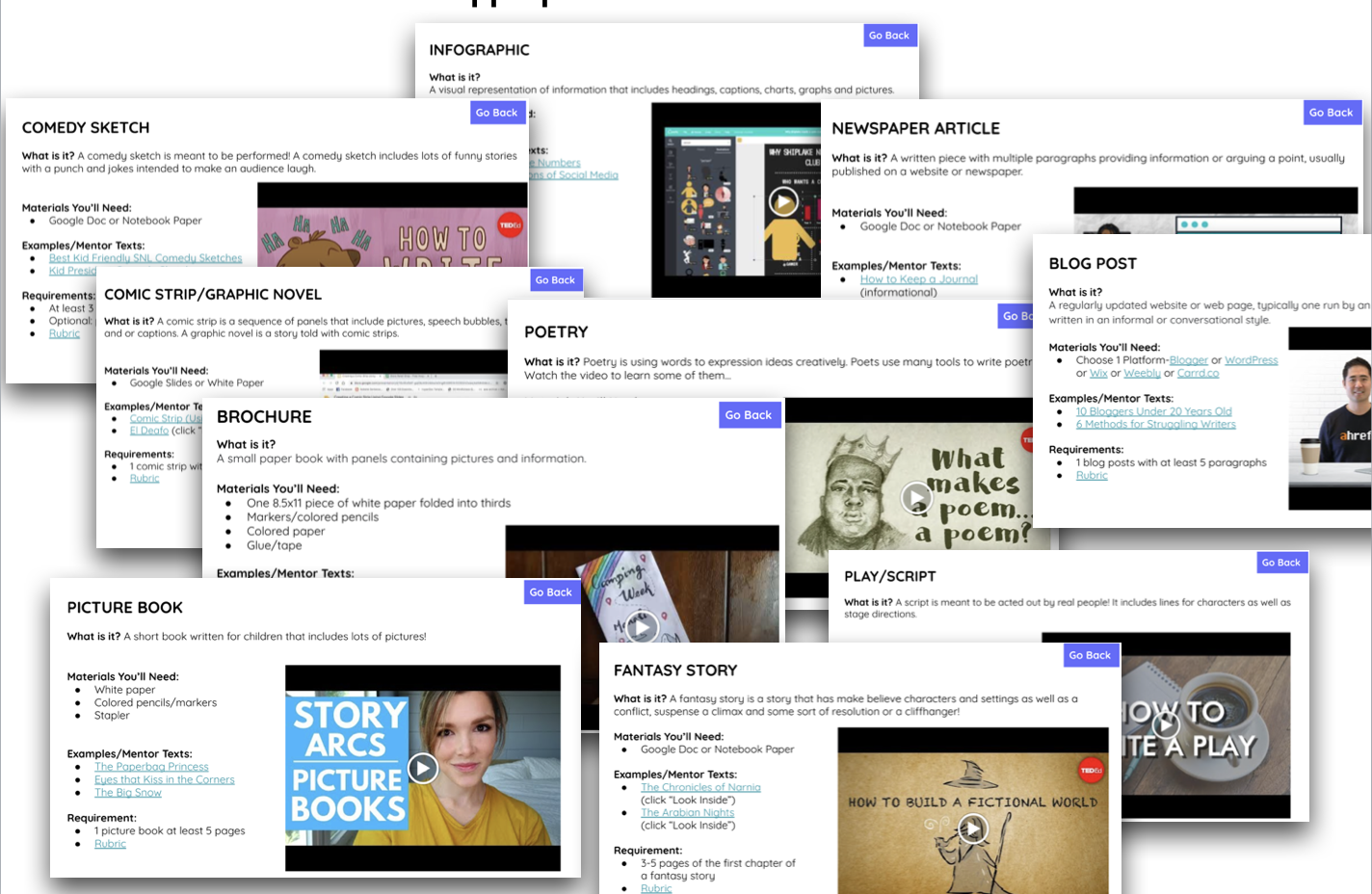
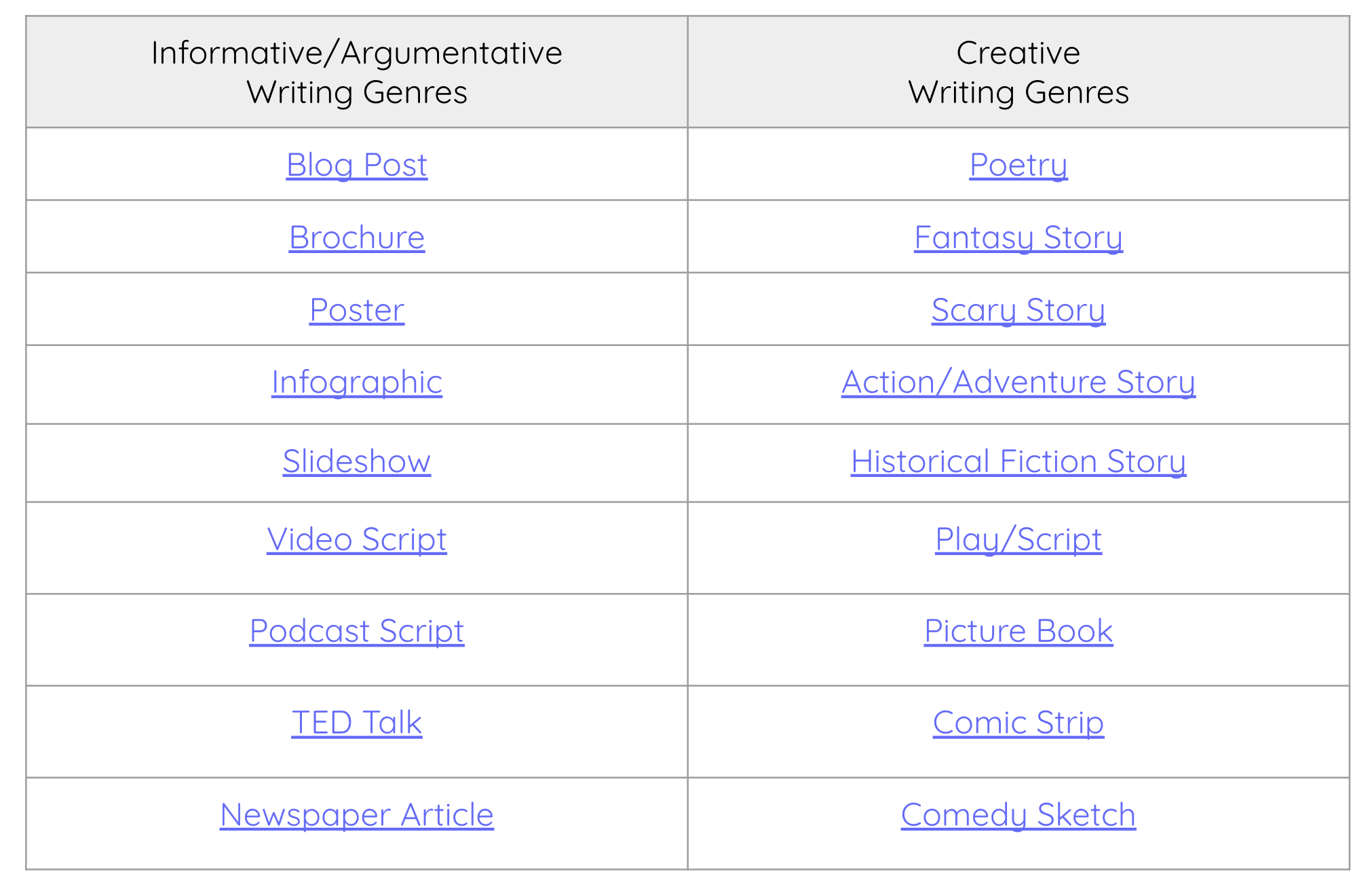



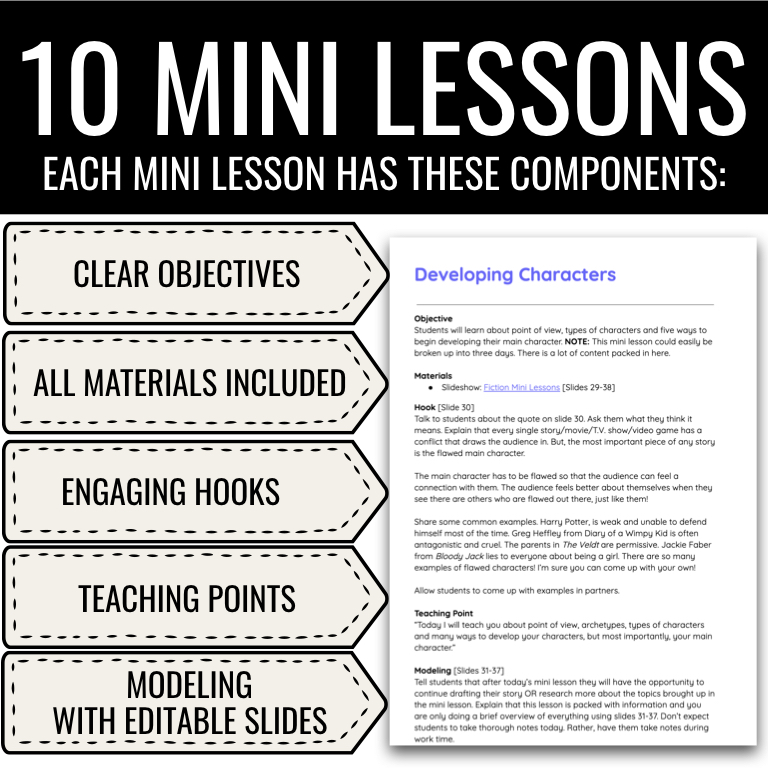
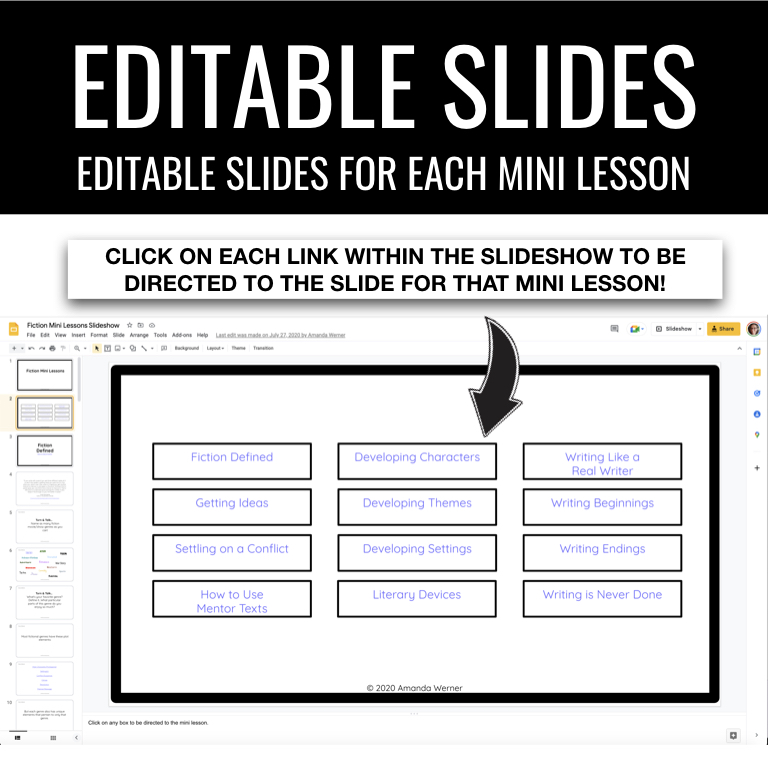

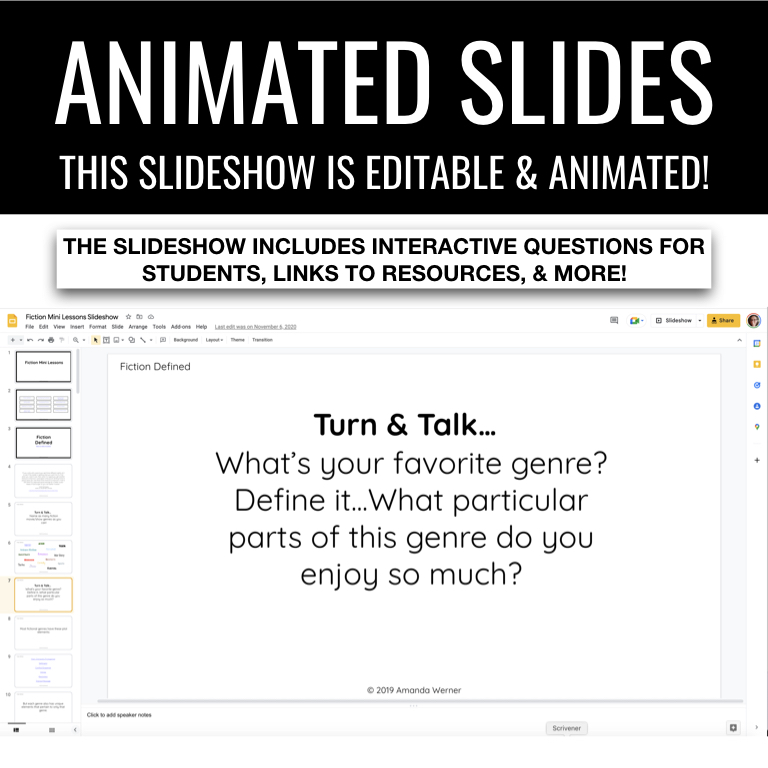

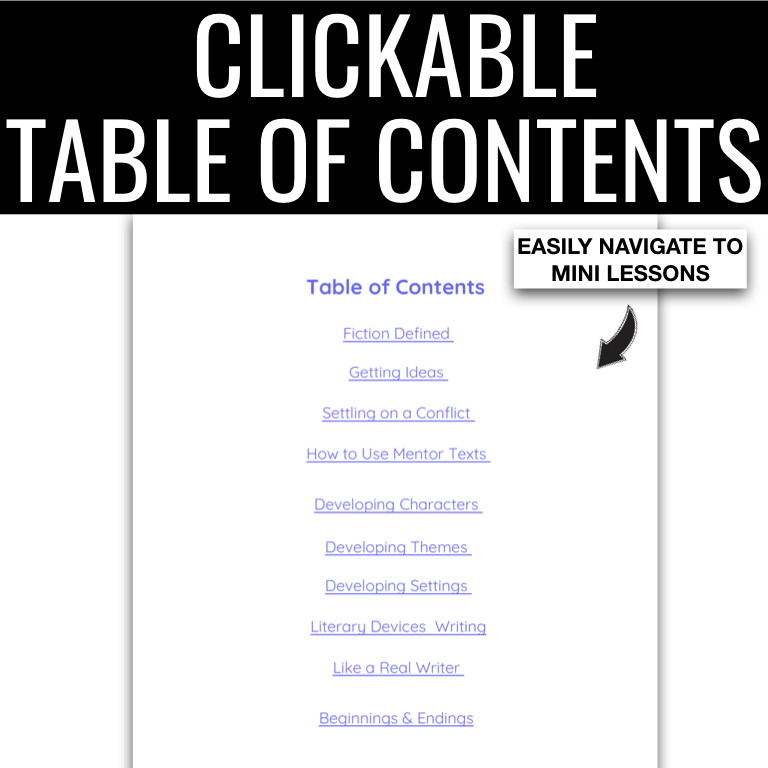
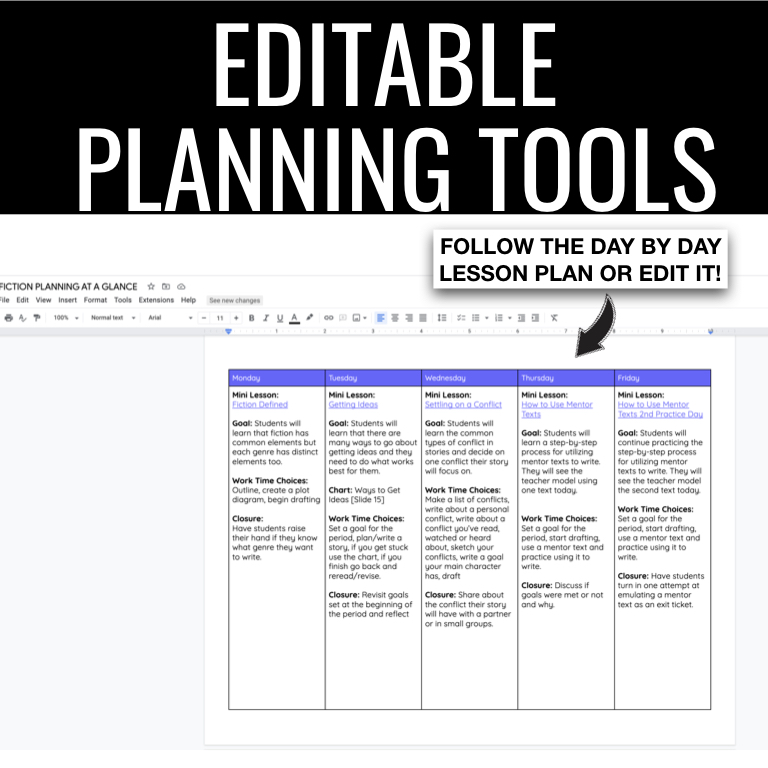

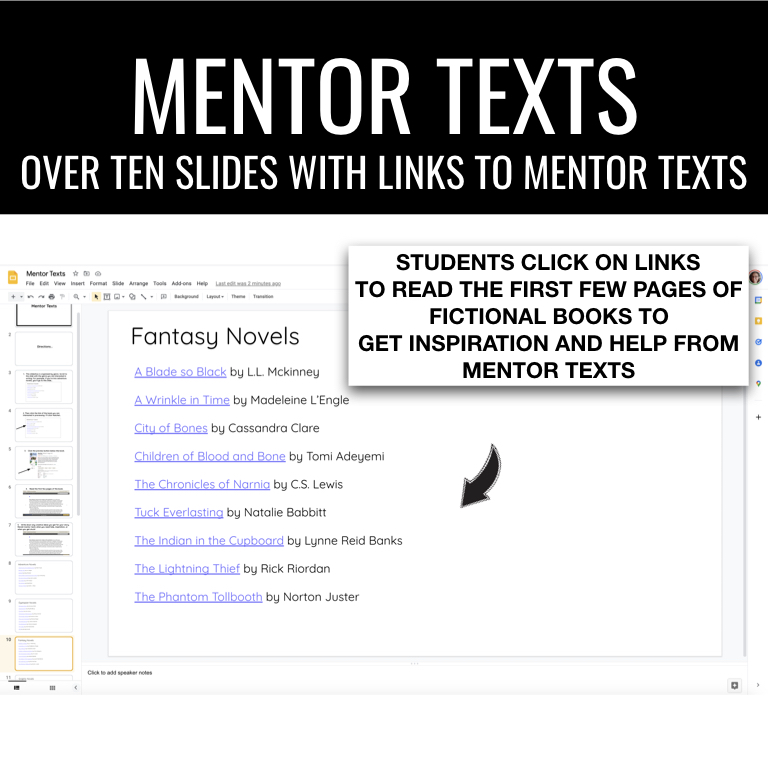
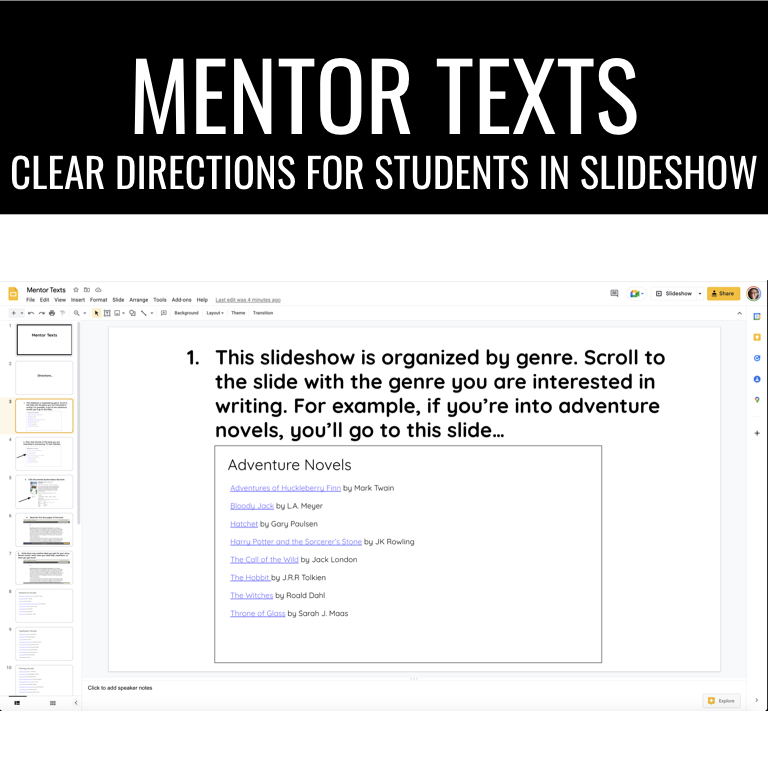

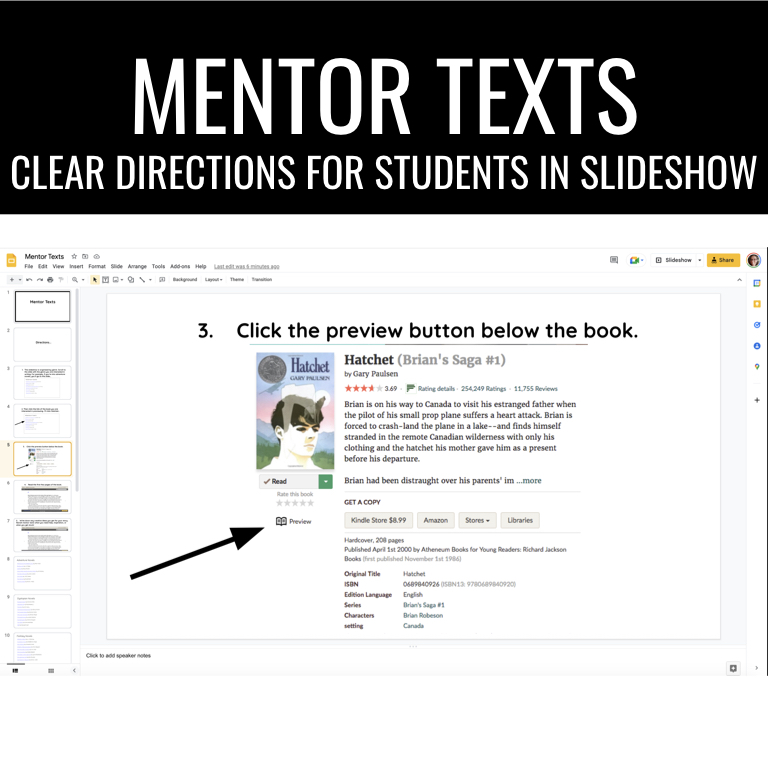

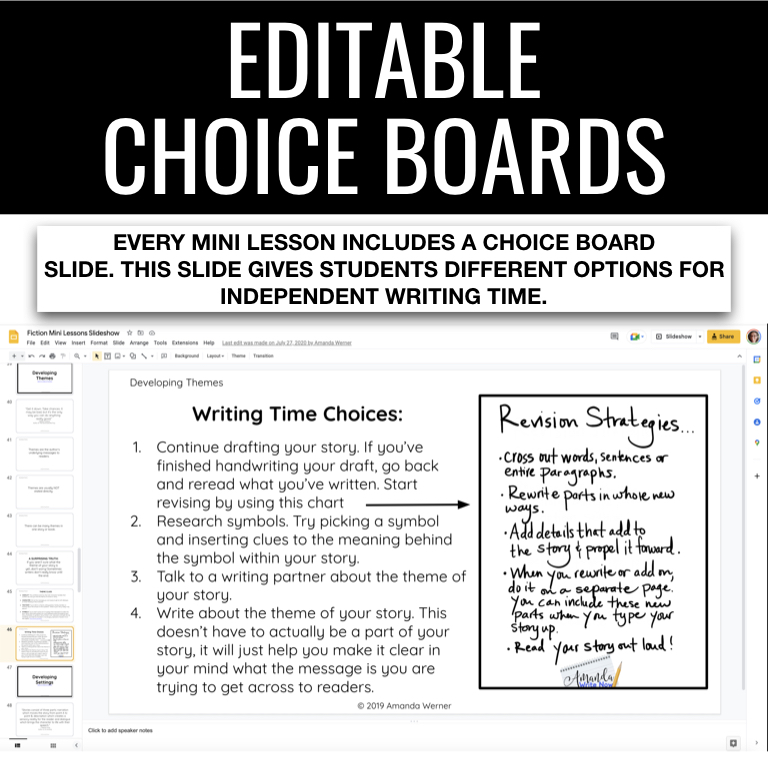

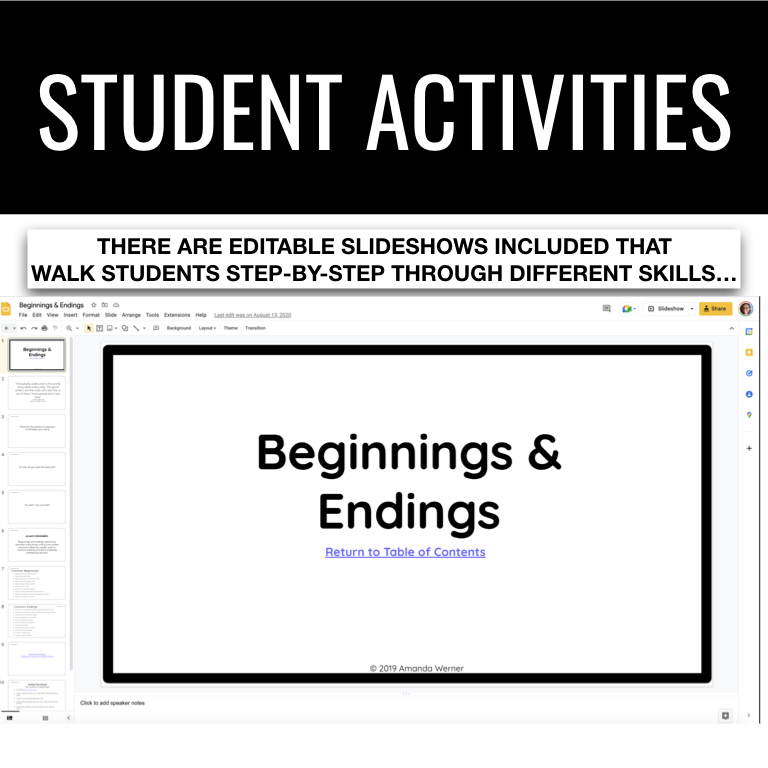
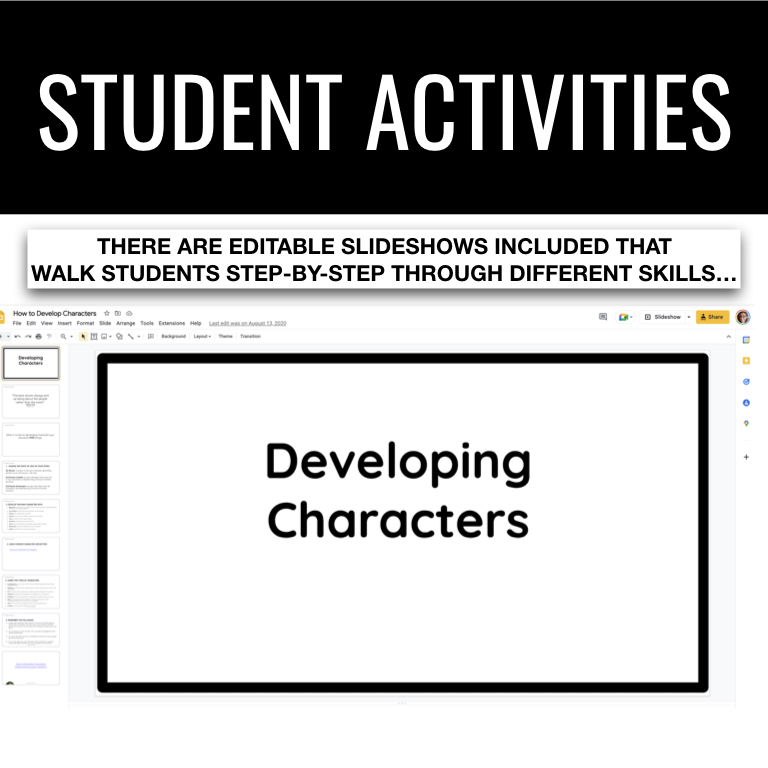
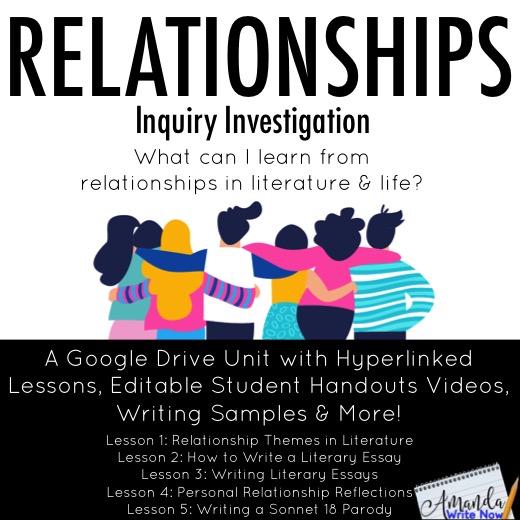
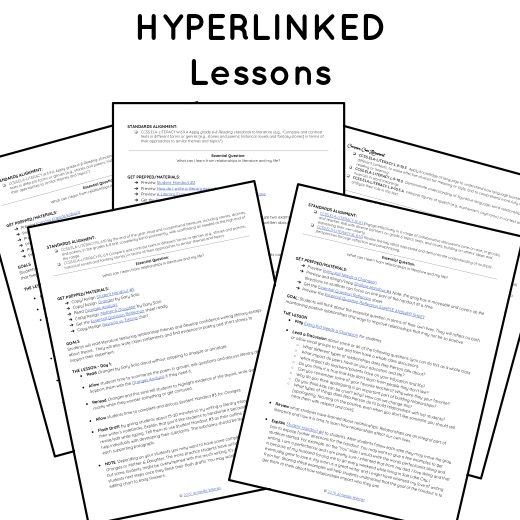
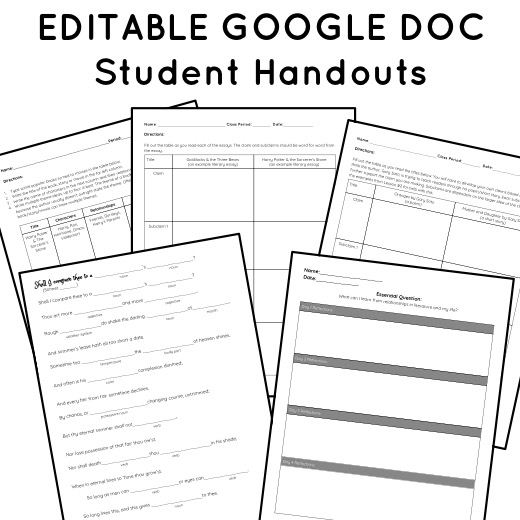

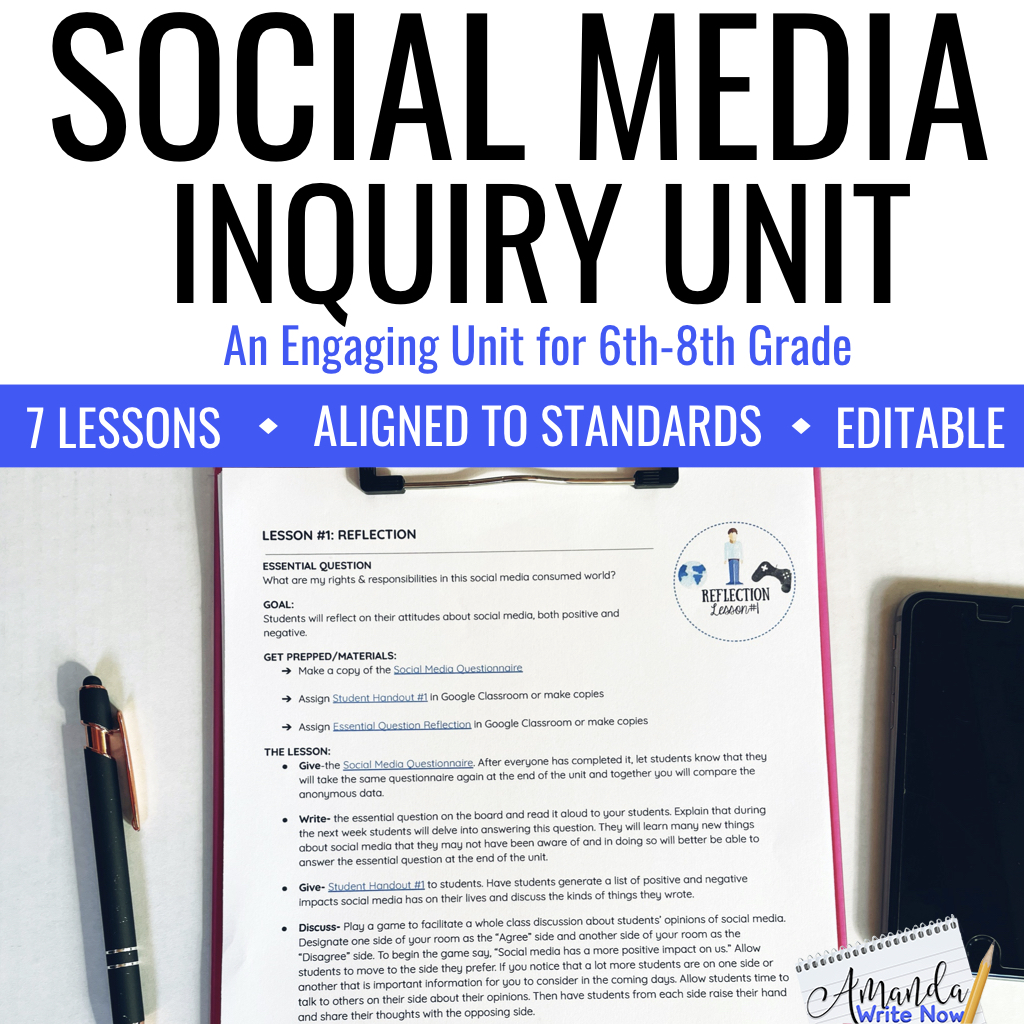
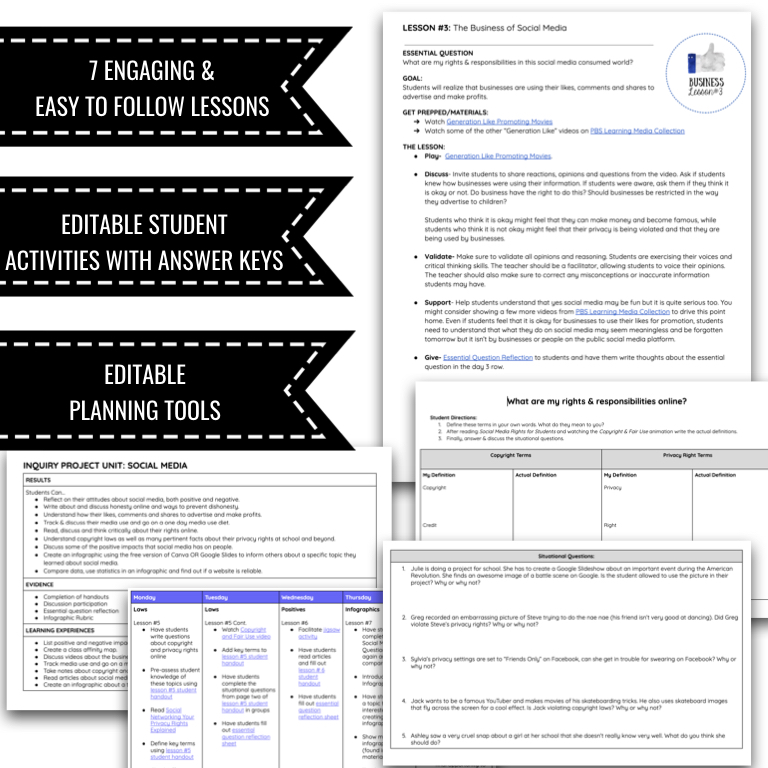


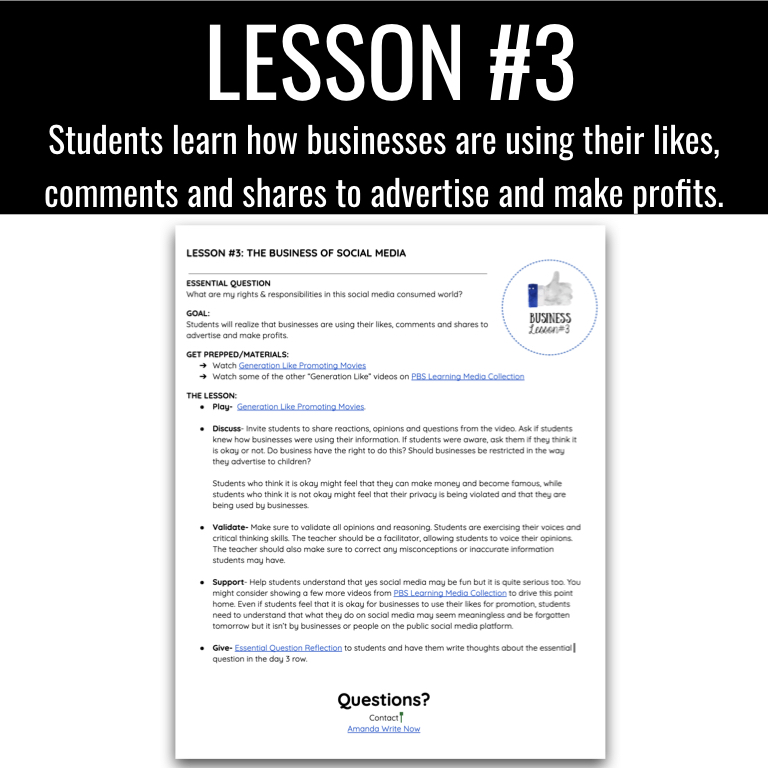




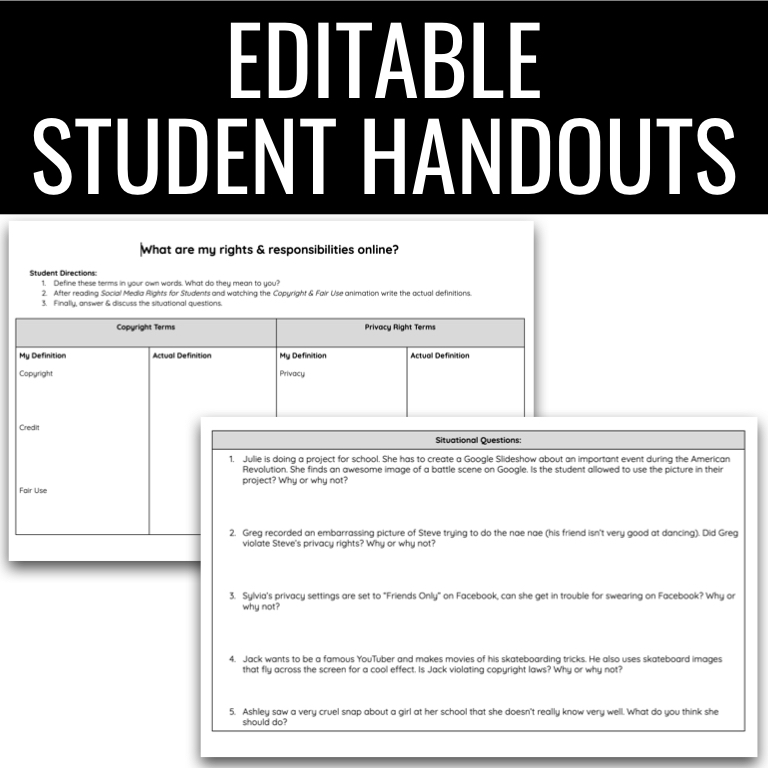


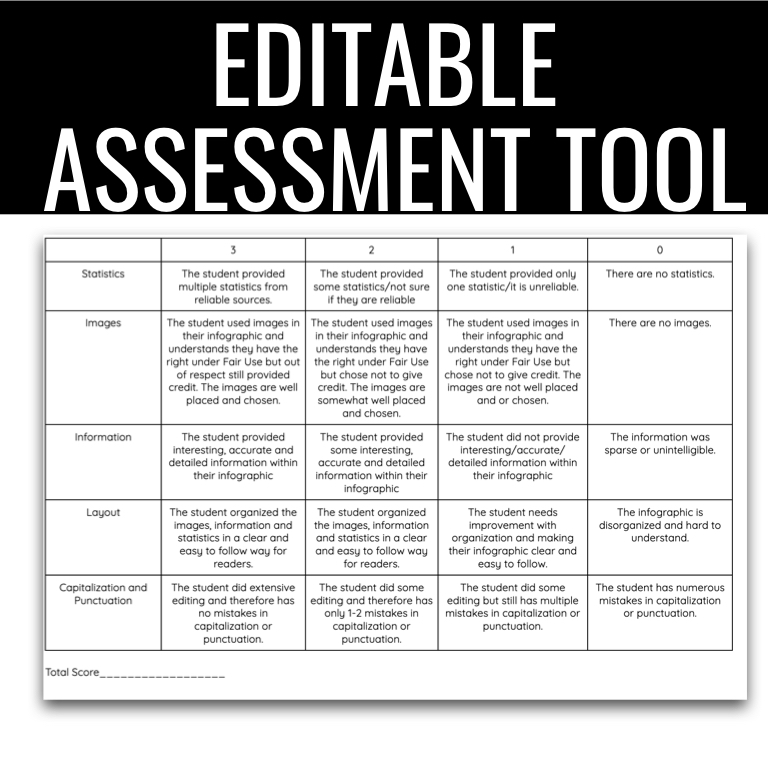
0 Comments